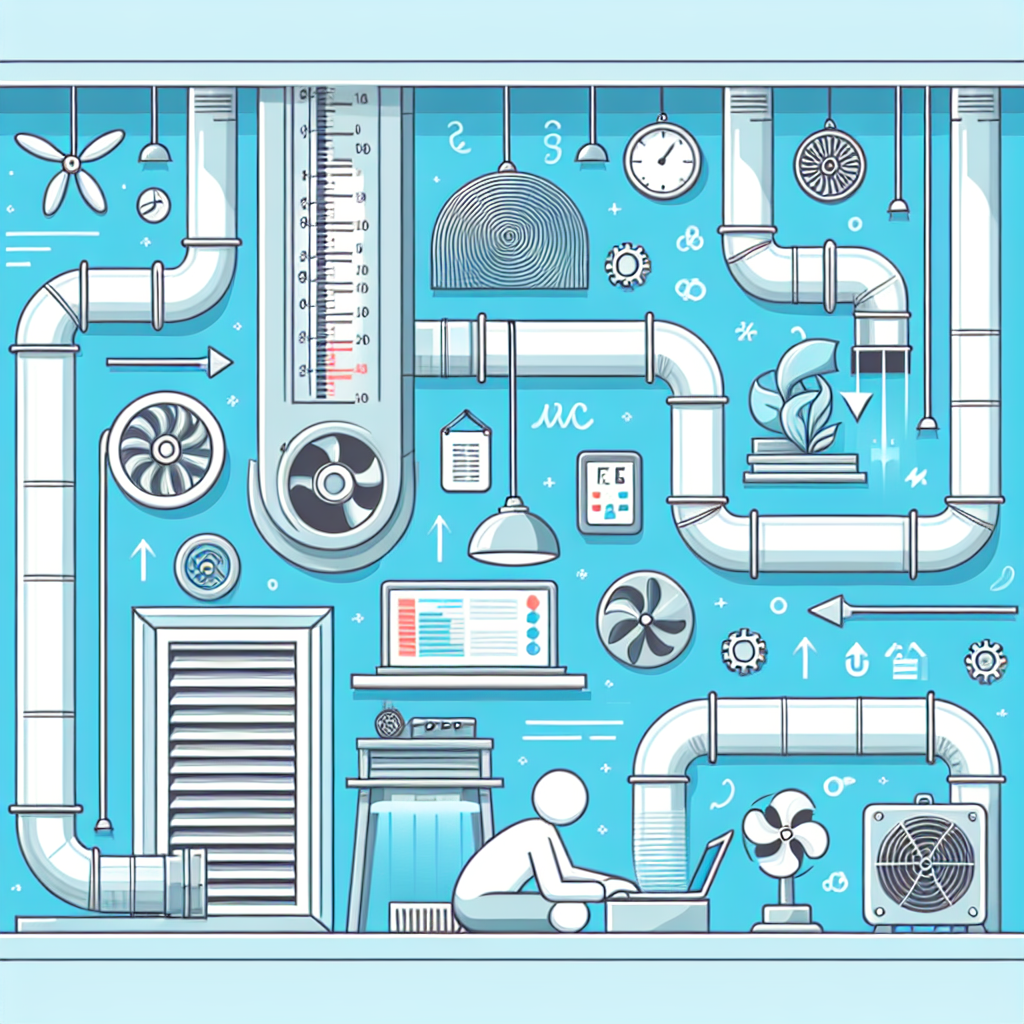Your cart is currently empty!
Ventilation 101: Understanding the Basics of Air Circulation

When it comes to maintaining a healthy and comfortable indoor environment, proper ventilation is key. Ventilation refers to the process of exchanging indoor air with outdoor air to improve air quality and regulate temperature and humidity levels. Understanding the basics of air circulation can help homeowners ensure that their living spaces are well-ventilated and free of pollutants.
One of the main purposes of ventilation is to remove indoor air pollutants such as dust, allergens, mold spores, and volatile organic compounds (VOCs) that can accumulate in the air and cause health problems. Inadequate ventilation can lead to poor indoor air quality, which can exacerbate respiratory conditions like asthma and allergies and increase the risk of illnesses such as headaches, fatigue, and dizziness.
There are several types of ventilation systems that can be used to improve air circulation in a home. Natural ventilation relies on natural air movement through openings like windows, doors, and vents to bring fresh air into a space and exhaust stale air. Mechanical ventilation systems, on the other hand, use fans or blowers to actively circulate air and remove pollutants from indoor spaces.
Proper ventilation also plays a crucial role in regulating temperature and humidity levels in a home. Inadequate ventilation can lead to high humidity levels, which can promote the growth of mold and mildew and cause discomfort for occupants. On the other hand, excessive ventilation can result in energy loss and discomfort due to drafts and temperature fluctuations.
To ensure effective ventilation, homeowners should consider factors such as the size and layout of their living spaces, the number of occupants, and the presence of sources of indoor air pollution. It is important to regularly inspect and maintain ventilation systems to ensure they are functioning properly and to address any issues that may arise.
In conclusion, understanding the basics of air circulation is essential for maintaining a healthy and comfortable indoor environment. Proper ventilation can help remove indoor air pollutants, regulate temperature and humidity levels, and improve overall air quality. By implementing the right ventilation system and taking steps to ensure proper maintenance, homeowners can create a space that is conducive to good health and well-being.

Leave a Reply